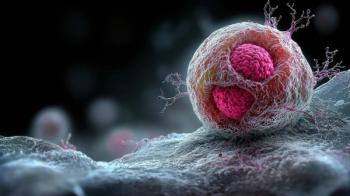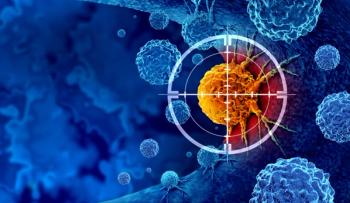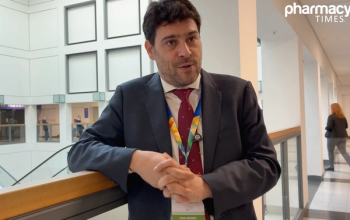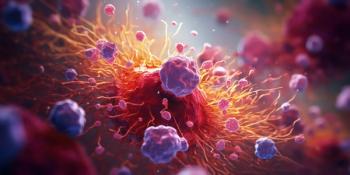
Study Indicates Vitamin C, Vitamin E Enhance Health Benefits of HIIT Exercises
Findings indicate that the supplements improved white blood cell and platelet alterations while improving the inflammatory profile during high-intensity interval training.
Antioxidants, such as vitamins C and E, helped to improve health protection during exercised-induce hemolysis by increasing red blood cell count and hemoglobin content, according to a study published by Sports Medicine and Health Science. The findings also indicated that the supplements improved white blood cell and platelet alterations while improving the inflammatory profile.
Investigators aimed to evaluate whether the effects of 8 weeks of supplementation with vitamins C and E during high-intensity interval training (HIIT) caused changes on the lipid profile or hematological variables. In the study, 106 adolescents who were male were randomized into 5 age-matched groups: no exercise and a placebo; HIIT and placebo; HIIT and vitamin C at 1000 mg/day; HIIT and vitamin E at 400 IU/day; and combined HIIT and vitamin C and E in the respective strengths.
There were morning and evening sessions of 90 minutes with a 15-minute warm-up and a 15-minute cooldown. The 60-minute HIIT portion included 4 phases (15 min each) with 3 sets (4 min each). The individuals in the study completed 3 all-out HIIT sets.
Each small HIIT set consisted of a 2-minute intense sprit workout followed by 1 minute of active recovery and 1 minute of complete rest.
“Each 2 [minute] intense sprint workout set was intervened with a brief stride of repetition maximum running in increasing manner throughout the 8 weeks,” the study authors wrote.
Investigators evaluated the lipid profile parameters, hematological variables, endurance capacity, and vertical jump. In all 4 intervention groups, investigators found significant decreases in body weight, fat percentage, total cholesterol, triglyceride, and total cholesterol/high density lipoprotein-cholesterol (HDL-C), while there were significant increases in high density lipoprotein-cholesterol, maximal oxygen consumption, and vertical jump.
For just the HIIT group, the white blood cell count, red blood cell count, hemoglobin percentage, and hematocrit values were significantly decreased, and the platelet count and platelet-to-leukocyte ratio were increased significantly. When the supplements were combined, there was an increase in fat oxidation and improvement in lipid profiling with increased HDL-C and a decrease in atherogenic index, which have been associated with cardiovascular disease.
Investigators of the study also found that the vitamins improved explosive leg strength. However, there were no association to the improvement in maximal oxygen consumption and vitamin supplements.
Limitations of the study included the small sample size, so the results may not be indicative of a larger group. Additionally, the study design was limited to just male participants.
The study also focused on HIIT sprint training without varying intensity, therefore it does not suggest an intensity wide HIIT effect, according to the authors. Furthermore, it did not include energy expenditure calculations, according to the investigators.
They said that other studies should use larger sample sizes that accommodate both men and women and feature varying training intensities. However, the investigators still feel that the findings could be helpful when preparing exercise training protocol for athletes.
Reference
Sarkar S, Dey SK, Datta G, Bandyopadhyay A. Vitamin C and E supplementation and high intensity interval training induced changes in lipid profile and haematological variables of young males. Sports Med Health Sci. 2023;5(2):137-145. doi:10.1016/j.smhs.2023.03.006
Newsletter
Stay informed on drug updates, treatment guidelines, and pharmacy practice trends—subscribe to Pharmacy Times for weekly clinical insights.






















































































































































































































